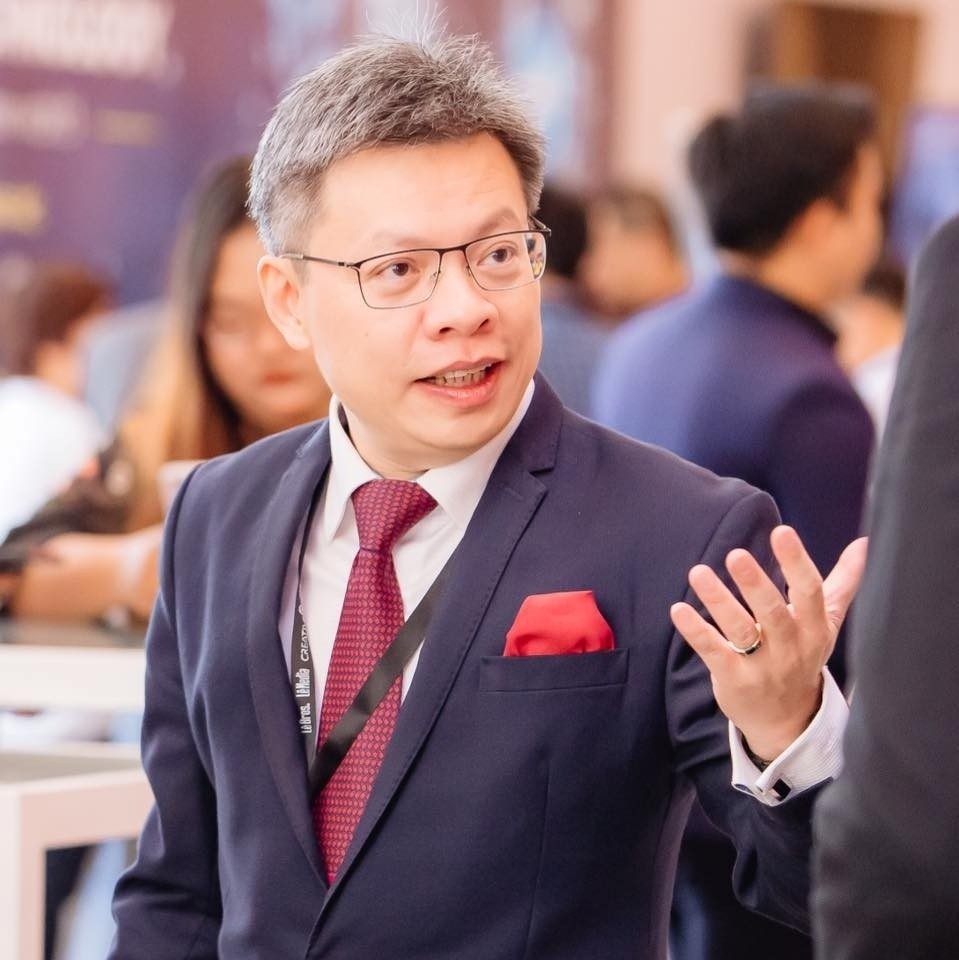
Vietnam has to create more attractive tourism products to compete with other ASEAN countries: Expert
Latest
 |
| Communication expert Le Quoc Vinh said that tourism promotion activities must be more flexible. (Photo: WVR) |
Speaking of the increasing foreign search for Vietnamese tourism, Mr. Vinh stressed that Vietnam has long been an attractive destination for international tourism. The foreign interest is understandable. It’s been 4 months since Vietnam has actually opened up to international travel and now is the time for people to make arrangements for the journey.
According to Mr. Vinh, in 6 to 12 months, international travel service companies will bring Vietnam back to their tourism programs. The return of foreign tourists to important tourist destinations has seen positive signs. Although the coming of foreign tourists, especially Western tourists, has not been much as the Chinese market is still frozen, there is an obvious increasing trend.
Mr. Vinh expressed his belief that with a series of stimulus programs in the second half of 2022, the year 2023 will see a stronger return of international tourism.
With respect to the role of innovative media thinking in promoting tourism and the national image, Mr. Vinh shared that Vietnam tourism is being promoted in many ways. Not only the tourism industry is doing its promotion, but relevant agencies of culture and diplomacy are also making their own plans. For example, in June, the Key Week of the Hue Festival 2022 was one among the events drawing a lot of public attention.
The Organizing Committee of Hue Festival has made great efforts in collaboration with the diplomatic missions of many countries to bring art troupes and foreign visitors back to Vietnam. In coming time, in September, the International Travel Expo (ITE) in Ho Chi Minh City will focus heavily on inbound tourism, making direct targets at international buyers. Le Bros Company itself will also have its first sports event with the strategy of using sports events to promote tourism.
 |
| Tourists at Quang Nam beach. (Photo: WVR/Dang Huong) |
Together, Mr. Vinh pointed out some limitations of the advertising activities. According to him, there are not any methodical campaigns promoting national or local destinations. Travel agencies, hotels and resort businesses have gone through the fierce destruction of the COVID-19 pandemic and can’t be fully recovered to immediately deploy international advertising campaigns on their own.
Currently, domestic tourism is still the focus of tourism activities, so most of the prominent advertising and communication campaigns are targeting the domestic market. Notably, there are a number of advertising campaigns, such as SunGroup's "Take me to the sun", SOJO's " Summer is a game" or VinPearl's "Meta Summer".
Regarding the promotion strategy to get the most practical and effective outcomes, Mr. Vinh suggested that tourism should not be advertised with a general image of the country and people. On the contrary, it should focus on outstanding values in a long-term branding strategy, and at the same time, choose specific features for each short-term campaign, targeting each segment of potential
Especially, after the period of almost exhaustion due to the COVID-19 pandemic, tourists will be very selective about their choice of the next destination. They should be very special, unique and attractive ones, in comparison with other options.
Regarding the changes to Vietnam’s tourism to catch up with market trends, Mr. Vinh made a number of practical suggestions. He is of the view that new tourism products must be designed to serve the strategic objectives of the communication campaign. For example, if a food - food tour has been chosen as the focus of the 2023 media campaign, then the new product should focus on designing food experience tours or creating culinary experience opportunities with unique cuisine and outstanding culinary events.
According to the modern marketing concept, people create products that serve their needs, meeting aspirations as well as caressing the sadness of customers, instead of convincing customers to buy their products.
Each tourist destination will have its own strengths. It is necessary to find out how that strength helps to solve the existing problems and design specific tourism products that serve the customers' needs.
Of course, those new products must be part of the existing tourism ecosystem and bring about additional points, enriching tourism products that already have their strengths.
With respect to Vietnam’s tourism capacity in comparison with other ASEAN countries, Mr. Vinh said that ASEAN countries are both partners and competitors in the tourism industry. Maintaining cooperation and connectivity with ASEAN countries to create regional tourism solutions and services is a way to promote tourism development in Vietnam. As the number of visitors going to Siam Reap, Cambodia has significantly increased, it could be a possible solution to pull part of these tourists to the Mekong Delta during extended holidays.
However, in another aspect, Vietnam still has to compete with other Southeast Asian countries by creating more attractive tourist products. Tourism promotion activities must be more flexible, decentralized and targeted at each small segment, instead of a general and mass approach as it has always done so far.
The majority of ASEAN countries have a methodical, modern and constantly renewed tourism promotion approach, especially Singapore, Thailand, Malaysia, Indonesia and even Cambodia, he emphasized. They are flexible, making quick decisions and have the ability to deploy directly to target markets.
In conclusion, he said that “we are not ignorant of partners’ strengths and our weaknesses. However, we are too slow at making innovative changes”.

















